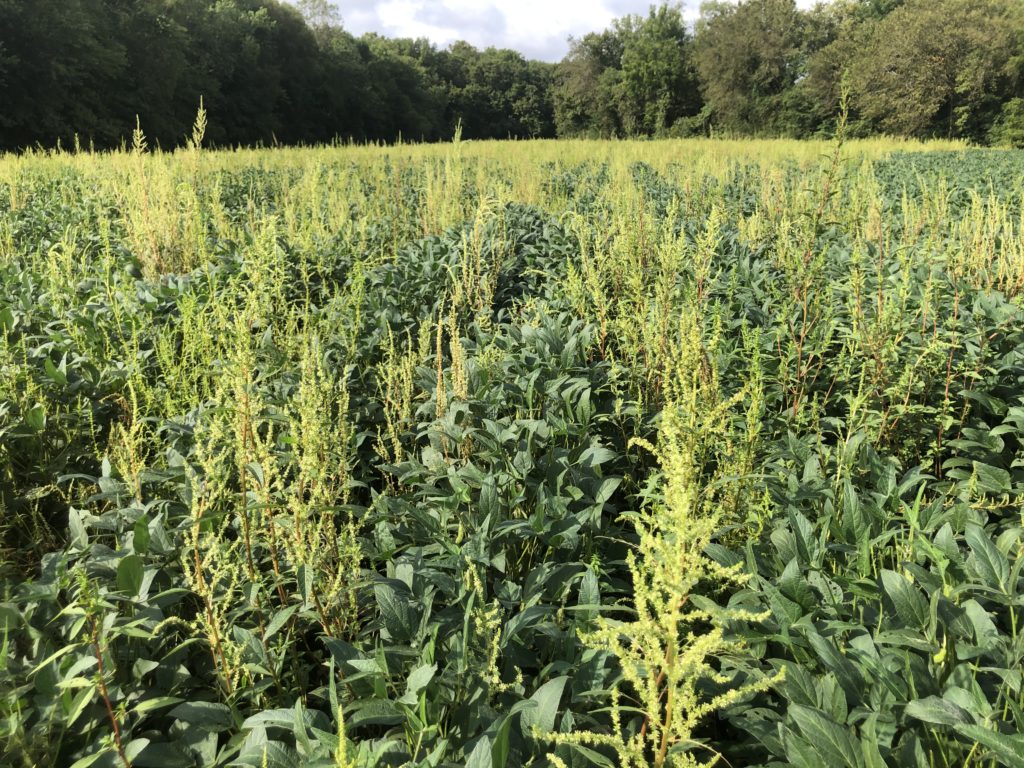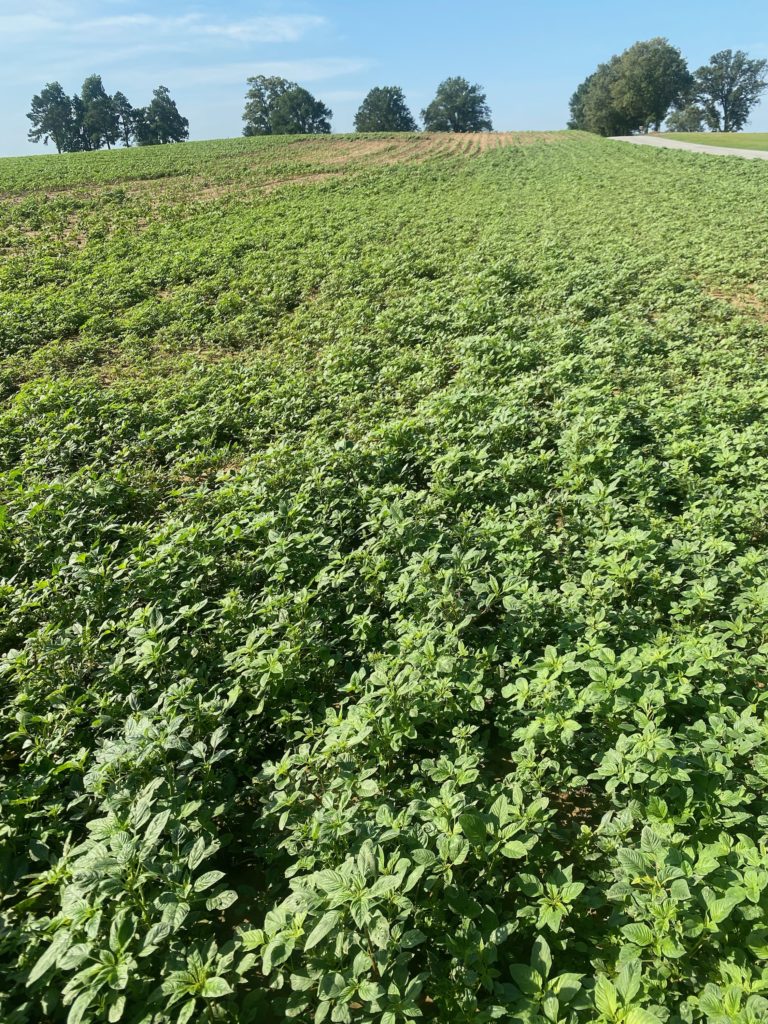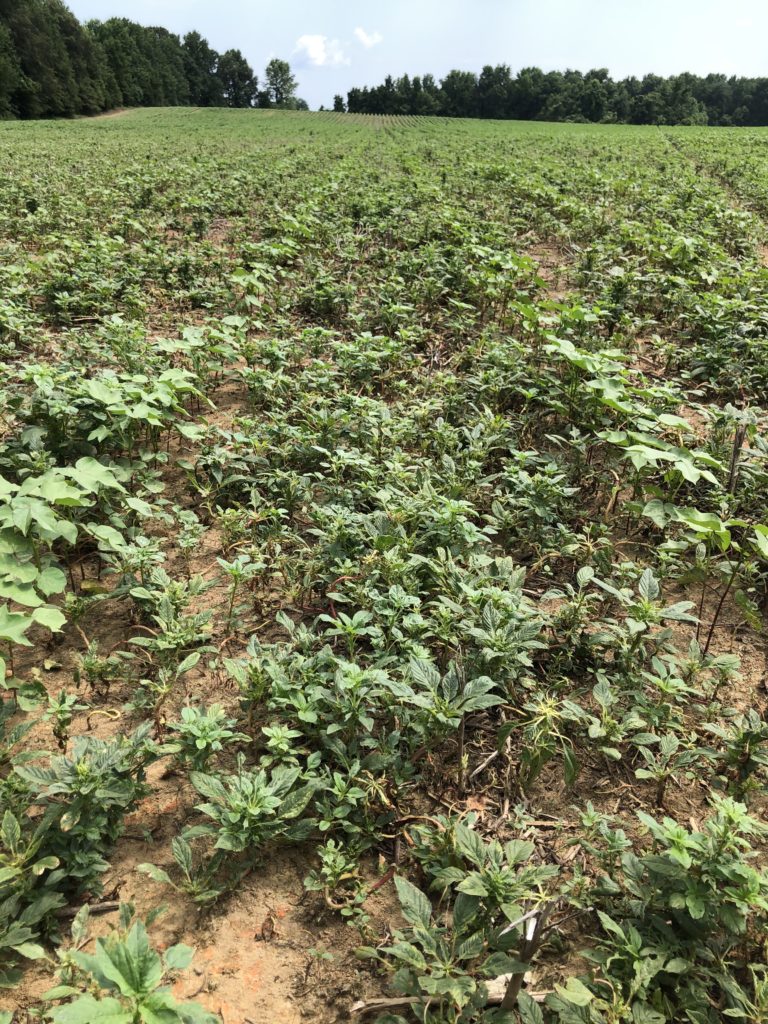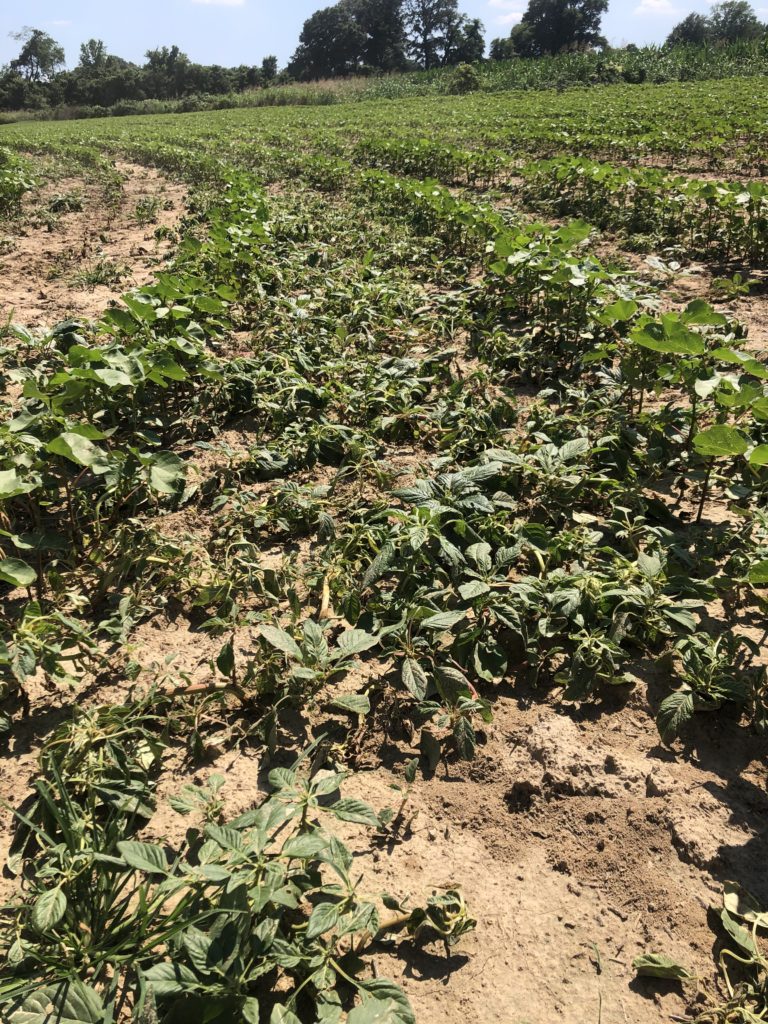As most know the EPA approved a new five-year registration for Engenia, Tavium and XtendiMax to be used in Xtend cotton and soybean. The new registration has some new labeled directions on application of these herbicides. In a series of articles this winter, we will try to highlight the major label changes.
One of the new labeled requirements for these three herbicides is the addition of a volatility reducing agent (VRA). Continue reading






